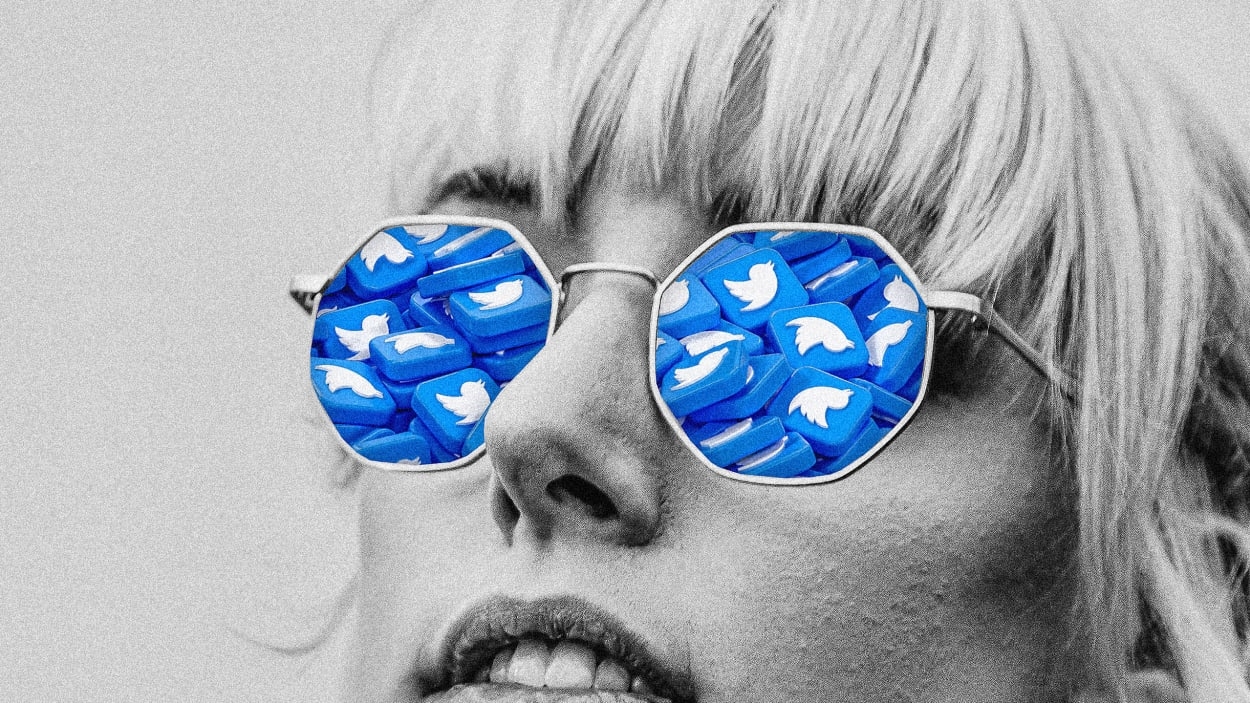Twitter rate limits: Here’s how many tweets Elon Musk now allows you to see
Over the weekend, Elon Musk’s beleaguered Twitter made headlines again for all the wrong reasons. On Saturday, Musk announced that all Twitter users would be limited in the number of tweets they could see each day. Here’s what you need to know.
What’s happened? On Saturday, Musk suddenly announced that all users of Twitter—whether paid Twitter Blue members or those with regular Twitter accounts—would now be limited in how many Tweets they could see on the platform each day.
What are the new Twitter limits? It keeps changing. At first, Musk said verified accounts would be limited to seeing 6,000 posts per day, unverified accounts would be limited to 600, and new unverified accounts would be limited to 300. Hours later Musk said those rate limits were increased to 8,000 for verified accounts, 800 for unverified accounts, and 400 for new unverified accounts. Still hours after that, Musk said the limits were raised again to 10,000 for verified accounts, 1,000 for unverified accounts, and 500 for new unverified accounts.
Why is Musk limiting how many tweets users can see? Musk said the new rate limits are temporary and meant to “address extreme levels of data scraping & system manipulation.” If you believe this, then it seems that despite Twitter’s API crackdown, people are finding other ways to access Twitter’s data and Musk wants to put a stop to that. On Tuesday, the company posted an update on its website, noting that it had made changes without warning because “any advance notice on these actions would have allowed bad actors to alter their behavior to evade detection.” Twitter also said the changes were intended to prevent accounts from “scraping people’s public Twitter data to build AI models” and “manipulating people and conversation on the platform in various ways.”
What could other reasons for the limits be? That depends on who you talk to. A popular theory is that Musk is trying to get more people to become Twitter Blue subscribers, and limiting non-Blue subscribers to seeing 1,000 tweets per day is a way to incentivize them to pay up. But this theory doesn’t account for why Musk is also limiting the number of tweets that Twitter Blue subscribers can see.
What’s another theory? As Business Insider notes, another popular theory is that Twitter’s failure to pay Google for its cloud services is somehow related to the rate limit, which will result in reduced server load.
Isn’t the rate limit bad no matter what motive is behind it? In a word: yes. Twitter is a social media network, and social media networks make money from engagement because the more engaged users are, the more ads they will see. Advertisers will be less willing to pay money for ads if fewer people are going to see them. This rate-limit move does not help Twitter’s ad woes, as Jasmine Enberg, principal analyst at Insider Intelligence, noted to Reuters: “This certainly isn’t going to make it any easier to convince advertisers to return.” It its update Tuesday, Twitter noted: “As it relates to our customers, effects on advertising have been minimal.”
How long will the rate limit stay in place? That’s something only Elon Musk knows.
Update, July 4, 2023: This article has been updated to include information from Twitter.
(14)



